El modelo Lean Startup forma parte de las llamadas metodologías ágiles, como la metodología Scrum. Es un método de trabajo que incrementa las posibilidades de éxito de un negocio, al ofrecer técnicas que permitan innovar frente a las dinámicas del mercado, las interrupciones externas y el esfuerzo inútil. El término Lean Startup significa puesta en funcionamiento ajustada.
Por otro lado, en el intraemprendimiento, se utiliza para emplear los recursos de la manera más eficiente posible. Además, esta metodología sirve para gestionar los riesgos en un proyecto, acortar las fases de desarrollo, evaluar el progreso y obtener retroalimentación (feedback) del cliente o usuario.
A continuación mencionamos en qué consiste el Lean Startup, sus objetivos y ventajas.
En qué consiste la metodología Lean Startup, cuáles son sus objetivos y ventajas
Este método se fundamenta en el aprendizaje validado. Es decir, en ir verificando, progresivamente, las hipótesis, antes de tener el producto definitivo y comenzar a escalar el negocio.
La idea es adaptar el producto a lo que el mercado demanda, y no a determinada visión. Es el concepto de moda para el intraemprendimiento donde las pautas y recursos para desarrollar un proyecto son diferentes a los de una organización.
En qué consiste el modelo Lean Startup
Es un método utilizado para pasar de un proyecto a un producto poniendo énfasis en las necesidades del cliente. Y, además, contando con su retroalimentación para ir modificando el producto hasta desarrollar el modelo final.
Es decir, consiste en determinar y acortar las fases de desarrollo diseñando varias propuestas, en un tiempo definido, mediante un feedback con los clientes o usuarios para mejorar dichas propuestas hasta obtener la versión final del producto.
El concepto fue creado por Steve Blank, emprendedor y mentor de Silicon Valley. Posteriormente, Eric Ries, su alumno y discípulo, lo popularizó en el libro El método Lean Startup, en el cual construye una metodología aplicable a todo tipo de proyectos nuevos (Carazo Alcalde, 2022).
Cuáles son sus objetivos
El principal objetivo de esta metodología es generar un diseño de negocio escalable mediante un desarrollo iterativo, a través del cual se determinen los requerimientos (funcionales, económicos y estructurales) necesarios para llegar hasta el público objetivo. En este sentido, los objetivos fundamentales son:
- Acortar los tiempos o fases (entregas, ciclos, etc.)
- Obtener información para mejorar continuamente.
- Determinar nuevas necesidades y los cambios necesarios para el desarrollo del negocio.
- Alinear lo anterior con el cliente, sin perder de vista el objetivo.
- Lograr un modelo escalable de negocio.
- Seguir un proceso iterativo (Edix, 2022).
Principales ventajas de este modelo para las organizaciones
Las más destacadas son:
- Reduce al mínimo los riesgos. Motivado porque los resultados son a corto plazo, el riesgo de invertir dinero y perderlo es mínimo. Asimismo, las startups emplean tecnologías innovadoras o disruptivas (redes sociales, e-commerce, etc.) que disminuyen los riegos.
- Elimina el esfuerzo inútil. Se puede saber rápidamente y con exactitud cuál es el producto requerido. Es decir, permite determinar con antelación el resultado esperado.
- Cumple con las necesidades. Se logran definir adecuadamente las preferencias, deseos y requerimientos del cliente.
Estructura las ideas. Permite que las propuestas del negocio o producto se concreten de la manera más estructurada e innovadora posible. - Reduce los fracasos. Mediante la determinación de la dirección a seguir, se consigue, rápidamente, un producto viable en el mercado.
- Expande el negocio. El conocer cómo gestionar los productos y servicios permite acceder a nuevos mercados nacionales e internacionales (Versu, 2020).
Desarrollar una nueva empresa, bien sea una startup, un pequeño negocio o una iniciativa emprendedora dentro de una compañía, ha sido siempre una propuesta de resultados impredecibles.
En este sentido, el modelo Lean Startup posibilita que el inicio de cualquier empresa sea menos arriesgado porque promueve la experimentación, por encima de la planificación. Para esto, toma en cuenta el feedback con los clientes (más que la intuición), y establece el diseño de un plan iterativo manteniendo la importancia estratégica del diseño previo.









